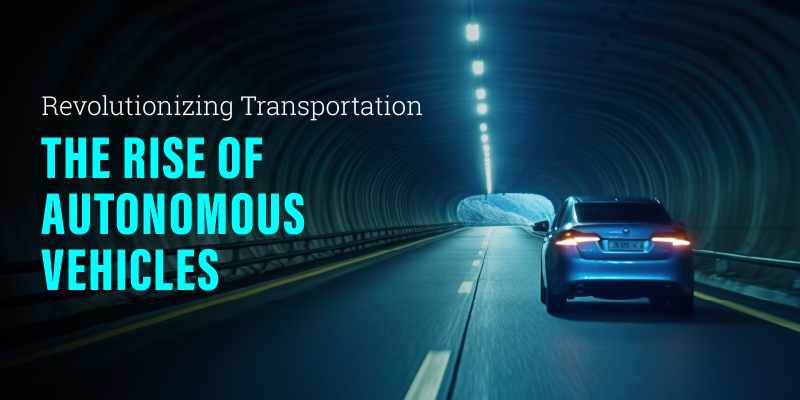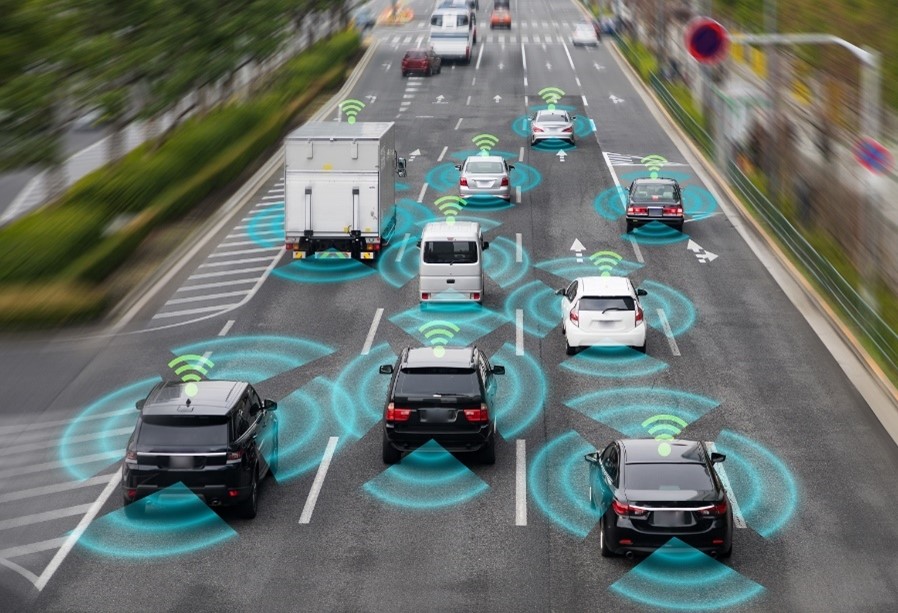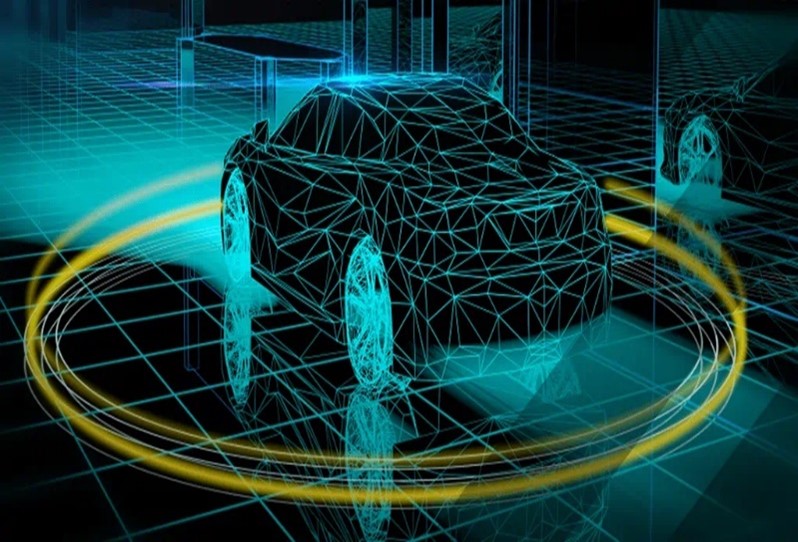The Rise of Autonomous Vehicles

Introduction
With the advent of autonomous vehicles, the automobile industry has recently experienced a revolutionary technological leap. With multiple advantages like improved safety, increased efficiency, and increased comfort, these self-driving cars are poised to transform transportation as we now know it. We will delve into the world of autonomous vehicles in this blog, looking at their technology, perspective effects, and difficulties.
Autonomous Vehicle Technology
Autonomous vehicles may navigate and drive on roadways without the assistance of a human thanks to a variety of cutting-edge technologies. Among these technologies are:
- Sensors: Autonomous cars make use of a variety of sensors, including radar, lidar (light detection and ranging), cameras, and ultrasonic sensors. These sensors acquire data about the area around the car, instantly seeing objects, people, and other cars.
- Artificial Intelligence (AI): AI is a critical component of autonomous vehicles, allowing them to evaluate sensor data and take reasoned judgments. To analyse complicated patterns, forecast outcomes, and react to changing traffic conditions, machine learning and deep learning algorithms are used.
- Connectivity: Vehicle-to-everything (V2X) technology is used by autonomous vehicles to connect with other vehicles and infrastructure. By exchanging information about traffic patterns, potential hazards on the road, and approaching signals, they can improve their navigation and increase their sense of security.

Benefits of Autonomous Vehicles
- Safety: One of the biggest benefits of autonomous vehicles is that they have the ability to greatly reduce accidents brought on by human mistake. The World Health Organisation estimates that more than 1.35 million individuals lose their lives in traffic accidents every year. The elimination of human mistake, such as texting while driving or driving while intoxicated, with autonomous cars has the potential to save many lives.
- Efficiency: The use of autonomous cars has the potential to improve traffic flow and lessen congestion. They can communicate with one another and make split-second choices, which helps them avoid unnecessary pauses and keep their speed constant, resulting in less chaotic traffic patterns. Furthermore, autonomous ride-sharing services may result in a decrease in the number of vehicles on the road, which would further ease traffic and reduce emissions.

Challenges and Considerations
Although the future of autonomous vehicles appears bright, a number of issues and factors need to be taken into account:
- Safety concerns: Despite the possibility of greater safety, autonomous cars still require extensive testing and research to assure their dependability and lower the possibility of accidents. For the deployment and use of these vehicles, there is a need for strong regulatory frameworks.
- Ethical conundrums: Autonomous vehicles might encounter circumstances in which they must make split-second decisions that might have ethical repercussions. For instance, in the event of a collision, how should the car prioritise the safety of its occupants over the needs of pedestrians? It takes serious thought and widespread agreement to resolve these ethical conundrums.
- Cybersecurity and infrastructure: The introduction of autonomous vehicles requires the creation of the necessary infrastructure, such as intelligent roads and electric autonomous vehicle charging stations. To safeguard autonomous vehicles from potential hacking or hostile assaults, cybersecurity issues must also be addressed.

Conclusion
The introduction of driverless vehicles represents a seismic shift in how we commute and travel. Self-driving cars have a bright future ahead of them, with the potential to improve accessibility, efficiency, and safety. To ensure a successful and seamless transition, it is necessary to address the difficulties and worries related to their deployment. We should expect to see the continuous growth and integration of autonomous vehicles into our daily lives as technology and legislation develop, bringing us closer to a new age.
AUTHOR
Paramesh G
Assistant Professor


